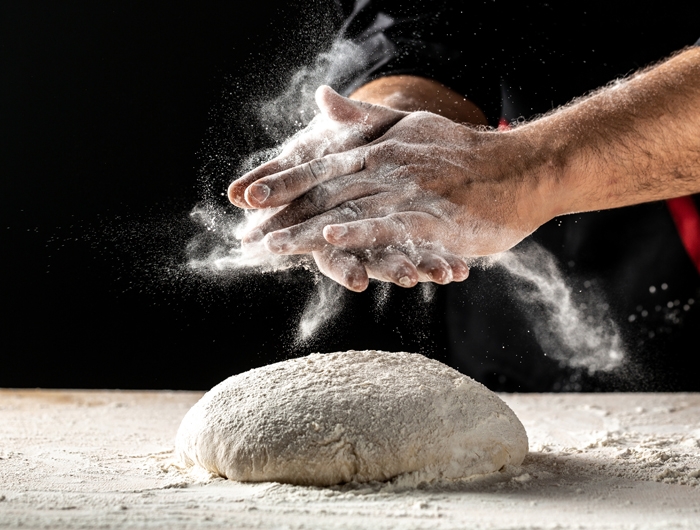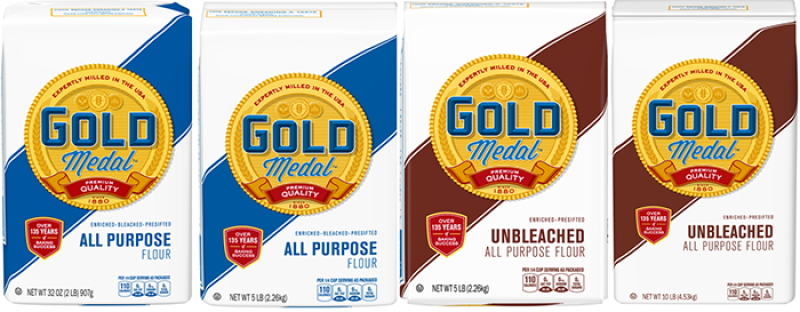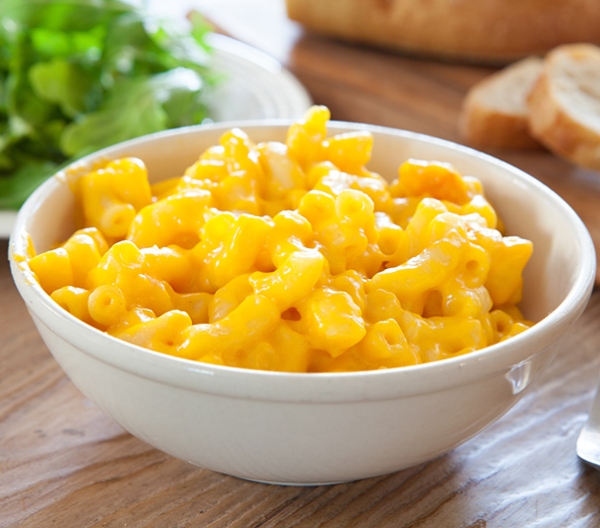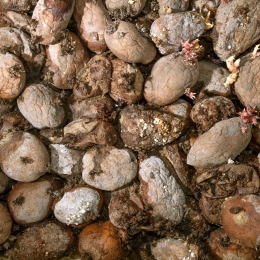How does flour cause a Salmonella outbreak?

Надія Коваль - stock.adobe.com.
On May 1, the FDA and CDC announced that an investigation is underway to find the source of an outbreak of Salmonella Infantis infections linked to raw Gold Medal flour. On April 28, General Mills recalled the flour products linked to the outbreak.
As of May 8, 13 illnesses across 12 states—including three people who were hospitalized—have been linked to the outbreak. (No deaths have been reported.)
However, as the CDC notes, the number of people sickened by the outbreak is likely much higher, since some people recover without medical care or haven’t been tested for Salmonella, and recent illnesses may not have been reported yet.
Which Gold Medal flour products have been recalled?
On April 28, General Mills recalled all 2-pound, 5-pound, and 10-pound bags of its Gold Medal Unbleached All Purpose Flour and its Bleached All Purpose Flour with a “better if used by” date of March 27, 2024, and March 28, 2024.
For more details, including UPC codes, check the FDA’s website.

How can raw flour make you sick with Salmonella?
When public health officials interviewed eight of the people who got sick in this outbreak, seven of them reported eating raw dough or batter. Unbaked dough or batter—even if it has no raw eggs—is enough to make you sick. This isn’t the first time a national outbreak of foodborne illness has been traced back to flour.
For example, in one 2016 outbreak, 56 people—aged 1 to 95—were diagnosed with Shiga toxin-producing E. coli infections, which can cause bloody diarrhea and may lead to kidney failure. A quarter of them had to be hospitalized. The culprit: contaminated flour that the people tasted as unbaked homemade dough or batter. Three children got sick after restaurant staff gave them raw dough to play with while waiting for their meals.
Pathogens like Salmonella or E. coli “can contaminate grain while it’s still in the field or flour while it’s being made,” explains the CDC, adding that “steps like grinding grain and bleaching flour don’t kill harmful germs.”
What to do:
- Cook or bake foods made with raw flour according to recipe or package instructions.
- Don’t taste unbaked dough or batter.
- Always wash your hands and all surfaces after handling raw flour.
What are the symptoms of Salmonella?
Salmonella typically causes illness within 12 to 72 hours after eating contaminated food and lasts for four to seven days, says the FDA. People with weakened immune systems, under age five, or over 65 are more likely to develop severe infections.
Among the symptoms:
- Diarrhea
- Fever
- Abdominal cramps
How to protect yourself from the Salmonella outbreak in flour
To play it safe, take this advice from the FDA and CDC:
- Don’t eat recalled Gold Medal flour. Throw it away.
- Check your home for recalled flour. If you can’t tell if your flour is part of the recall, don’t use it.
- Wash any containers used to store recalled flour with warm water and soap.
- Contact your healthcare provider if you think you or a family member ate or might have inadvertently ingested recalled flour (such as from cross-contamination in the kitchen) and may have symptoms of a Salmonella infection.
More on food safety
Titanium dioxide: Which foods contain this harmful additive?
Food Additives

What's in 'flavor'? No one knows—and that's a problem
Food Additives

How food companies sneak new ingredients past the FDA
Food Additives

Titanium dioxide: Why FDA should ban this harmful additive
Food Additives

DC Council bill falls short of needed improvements to jail food
Government Accountability


